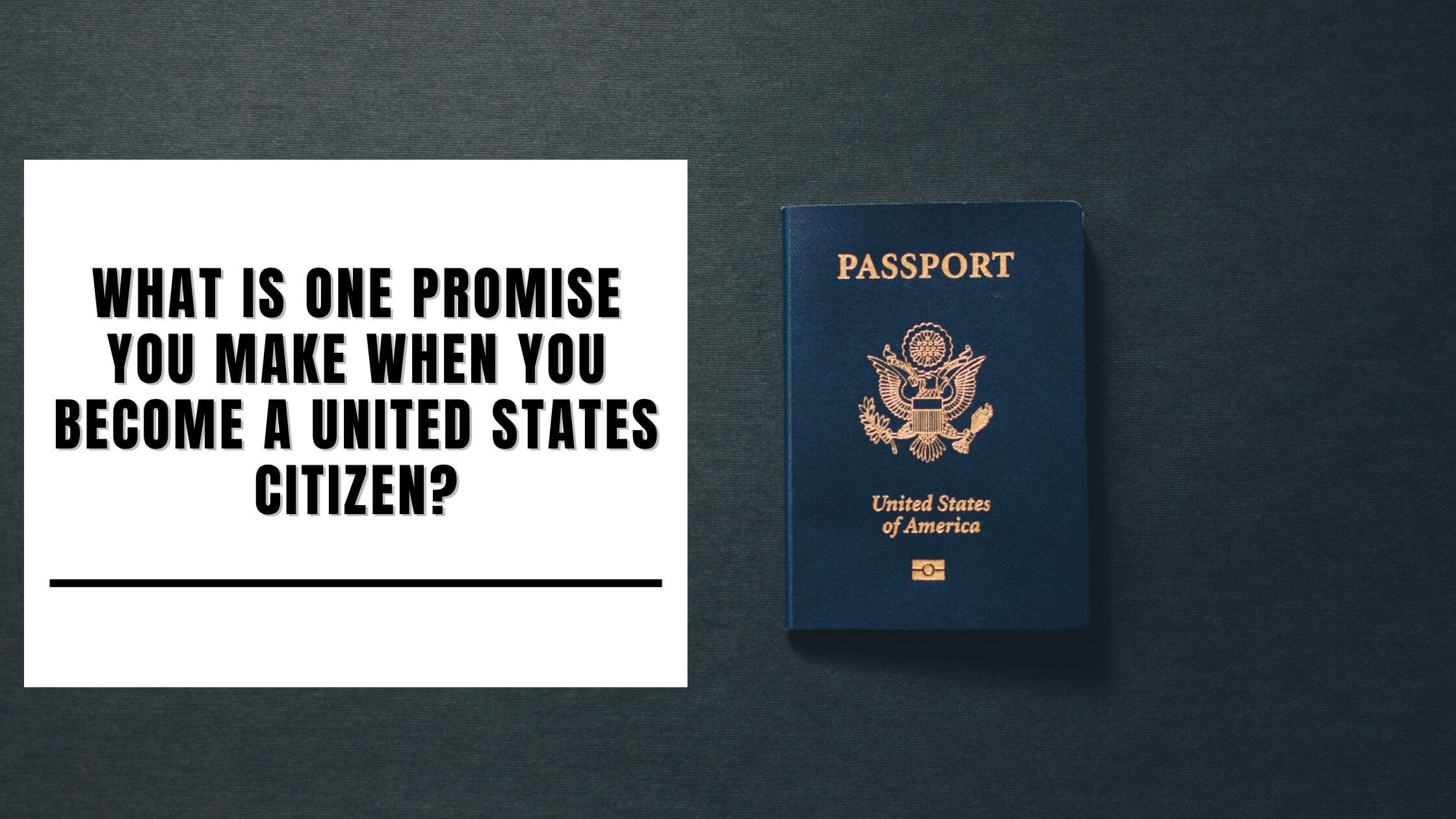To pass the US citizenship test, you will have to answer 10 of a possible 100 questions. The following question is from the USCIS test.
Who is the governor of your state now?
The answer will depend on where you are in the United States, as each state and territory has its own governor. The list below is correct at the time of writing, but you should check that nothing has changed to ensure the correct answer.
Who Is My Governor Right Now?
The following is a list of the governors serving as of May 2022. But, it is important to double-check who is serving when it is time to take the citizenship test. That is because governors can resign or die in office mid-term, so there is the potential that this is now out of date. If this were to happen, the state’s Lieutenant Governor would take over until the next election.
You will also notice that this list includes the governors for the territories. Each territory of the United States also has an official that oversees the government for the region.
The Governor of Alabama: Kay Ivey of the Republican Party.
The Governor of Alaska: Mike Dunleavy of the Republican Party.
The Governor of American Samoa: Lemanu Palepoi Mauga of the Democratic Party.
The Governor of Arizona: Doug Ducey of the Republican Party.
The Governor of Arkansas: Asa Hutchinson of the Republican Party
The Governor of California: Gavin Newsom of the Democratic Party.
The Governor of Colorado: Jared Polis of the Democratic Party.
The Governor of Connecticut: Ned Lamont of the Democratic Party.
The Governor of Delaware: John C. Carney Jr. of the Democratic Party.
The Governor of Florida: Ron DeSantis of the Republican Party.
The Governor of Georgia: Brian Kemp of the Republican Party.
The Governor of Guam: Lou Leon Guerrero of the Democratic Party.
The Governor of Hawaii: David Ige of the Democratic Party.
The Governor of Idaho: Brad Little of the Republican Party.
The Governor of Illinois: J.B. Pritzker of the Democratic Party.
The Governor of Indiana: Eric Holcomb of the Republican Party.
The Governor of Iowa: Kim Reynolds of the Republican Party.
The Governor of Kansas: Laura Kelly of the Democratic Party.
The Governor of Kentucky: Andy Beshear of the Democratic Party.
The Governor of Louisiana: John Bel Edwards of the Democratic Party.
The Governor of Maine: Janet T. Mills of the Democratic Party.
The Governor of Maryland: Larry Hogan of the Republican Party.
The Governor of Massachusetts: Charles D. Baker of the Republican Party.
The Governor of Michigan: Gretchen Whitmer of the Democratic Party.
The Governor of Minnesota: Tim Walz of the Democratic Party.
The Governor of Mississippi: Tate Reeves of the Republican Party.
The Governor of Missouri: Mike Parson of the Republican Party.
The Governor of Montana: Greg Gianforte of the Republican Party.
The Governor of Nebraska: Pete Ricketts of the Republican Party.
The Governor of Nevada: Steve Sisolak of the Democratic Party.
The Governor of New Hampshire: Chris Sununu of the Republican Party.
The Governor of New Jersey: Phil Murphy of the Democratic Party.
The Governor of New Mexico: Michelle Lujan Grisham of the Democratic Party.
The Governor of New York: Kathy Hochul of the Democratic Party.
The Governor of North Carolina: Roy Cooper of the Democratic Party.
The Governor of North Dakota: Doug Burgum of the Republican Party.
The Governor of Ohio: Richard Michael DeWine of the Republican Party.
The Governor of Oklahoma: Kevin Stitt of the Republican Party.
The Governor of Oregon: Kate Brown of the Democratic Party.
The Governor of Pennsylvania: Tom Wolf of the Democratic Party.
The Governor of Puerto Rico: Pedro Pierluisi Urrutia of the New Progressive Party.
The Governor of Rhode Island: Daniel McKee of the Democratic Party.
The Governor of South Carolina: Henry McMaster of the Republican Party.
The Governor of South Dakota: Kristi L. Noem of the Republican Party.
The Governor of Tennessee: Bill Lee of the Republican Party.
The Governor of Texas: Greg Abbott of the Republican Party.
The Governor of Utah: Spencer Cox of the Republican Party.
The Governor of Vermont: Phil Scott of the Republican Party.
The Governor of Virginia: Glenn Youngkin of the Republican Party.
The Governor of Washington: Jay Inslee of the Democratic Party.
The Governor of West Virginia: Jim Justice of the Republican Party.
The Governor of Wisconsin: Tony Evers of the Democratic Party.
The Governor of Wyoming: Mark Gordon of the Republican Party.
The Governor of the Northern Mariana Islands: Ralph Torres of the Republican Party.
The Governor of the U.S. Virgin Islands: Albert Bryan of the Democratic Party.
What Does the Governor Do?
Your governor is in charge of the state government and does not have the same federal responsibilities as a senator or representative. This doesn’t make them any less important, however, as they are essential for implementing state laws and looking after the overall operation of state government. Every state in America has the chance to form its own state laws outside of federal ones.

Get Smarter on US News, History, and the Constitution
Join the thousands of fellow patriots who rely on our 5-minute newsletter to stay informed on the key events and trends that shaped our nation's past and continue to shape its present.
This is why there are so many differences in laws between states, such as laws over healthcare provisions and the legalization of drugs. Cross the border, and you could be in trouble for something fully legal in your home state.
How Often Do We Elect A Governor?
Generally, a governor will serve for a four-year term. The exceptions are in Vermont and New Hampshire, where it is just two years. This puts the governor on the same tenure as the president, and they are often voted for and inaugurated around the same time.
However, one different thing is that there are varied term limits for governors. The majority have a two-term limit, which variations in the clauses. Others have no limit at all. This can allow for some long tenures where governors remain in power for decades. The record in 22 years by Governor Branstad of Iowa, who achieved a non-consecutive sixth term in 2014. The shortest was Governor Bingham III of Connecticut, who only lasted for a day.
What this means is that the list above could change quite often in some states or not at all in others. It is important to stay on top of state changes and election results when applying for citizenship.




